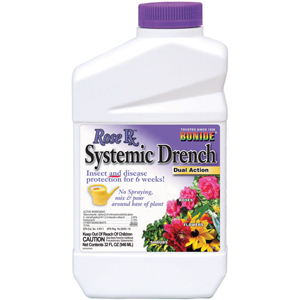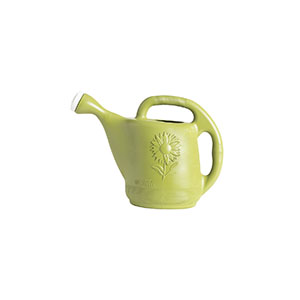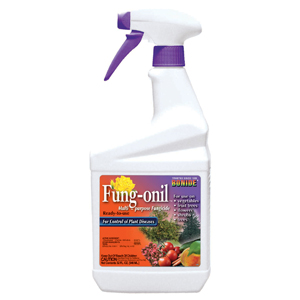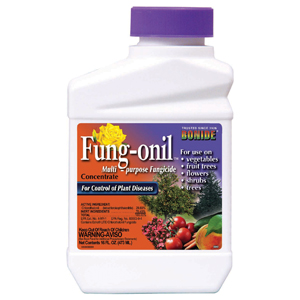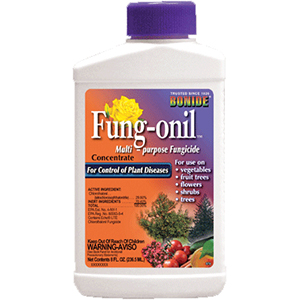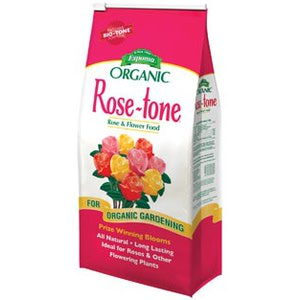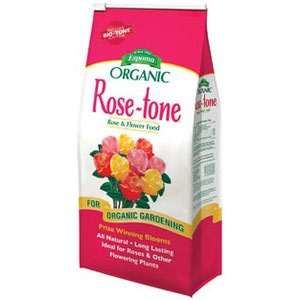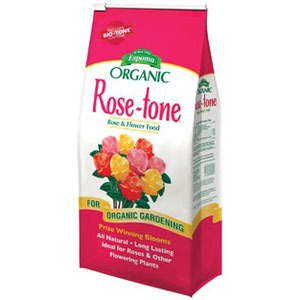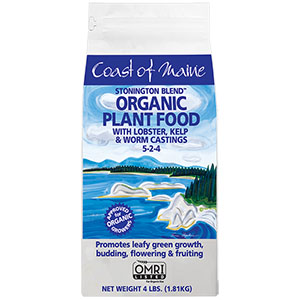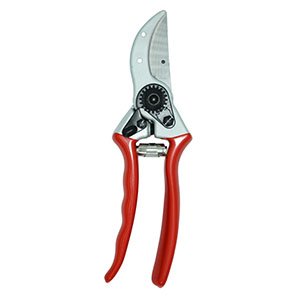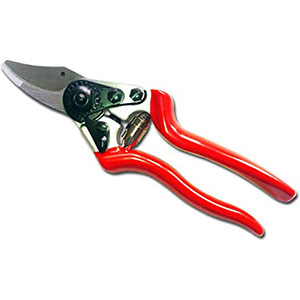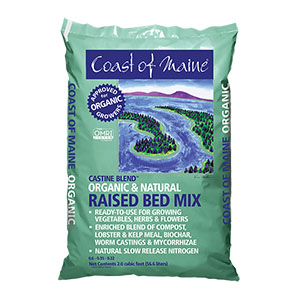Bitten by the Rose Bug
Without the benefit of the internet back then, I had to read up on rose care by purchasing an Ortho All About Roses book from the local garden center. I joined a local rose society. I became a Consultant for the American Rose Society. My garden grew from those two rose plants and topped out at 275 roses in the mid eighties. I made every growing mistake you could possibly make and learned a lot about a fascinating plant that I loved. Back then, mistakes were part of the learning curve. Some roses were poor performers, some susceptible to disease, and they were time consuming to spray weekly, prune, and feed. A labor of love. Experience taught me that failure was necessary to succeed and not make the same mistake twice. Now, 44 years later, are your customers as passionate about roses besides the ones available on Valentine’s Day? Well, why not?
Our National Flower
The rose is the most versatile fragrant plant variety in the industry. You will find the rose standing tall in the home and municipal gardens (first was Elizabeth Park Rose Garden in Hartford, CT 1904), in zoos (Philadelphia Zoo), along roadways, shopping centers and banks, covering barns and hillsides, provides colorful displays in amusement parks (Disney World), and provides every color hue under the sun except a true blue and black. By an act of Congress and proclamation from President Ronald Reagan, the rose became our national flower on September 23, 1986. Coincidentally, the rose world changed radically in 1987 with the introduction of the variety, Bonica, which was the very first All-American shrub rose. Bred by House of Meilland for Star Roses, it had everything a consumer wanted in a flowering plant: disease resistance, vigorous growth, winter hardy, light rose fragrance, continuous bloom, and maintenance-free care by the homeowner. The hybridizers went from creating unique varieties to carefree no-maintenance rose types almost overnight. In 2000, the Knockout rose became the fastest growing variety in rose history, selling millions of plants worldwide each year. The decline of popularity in the traditional hybrid tea rose had just begun to make room for the impressive Knockout family.
Make It Easy
Continuing with the trend to make everything easy and convenient in rose gardening, the tasks needed to be successful are reduced greatly. To start, plant the rose deep enough in the hole to make the bud union level with the ground surface. Use high quality planting soils which are readily available today versus using manures. The rule of thumb to simplify is 1/3 existing topsoil, 1/3 high quality planting soil, and possibly 1/3 sand if drainage is needed. Roses don’t like “wet feet” or standing water as they are heavy feeders and need solid and steady uptake of nutrients and moisture from a good root system. Feeding is simple. Choose an organic rose fertilizer that won’t burn and feed as directed, usually monthly amounts until stopping the applications in September. There are combination chemicals that are mixed with water distributed around the base of the rose bush once every 4-6 weeks as directed using a drench method. These combo solutions prevent disease and insects as they are absorbed into the rose bush. Pruning may or may not be needed to remove spent blooms and maintain a tidy plant. It depends mostly upon the rose variety. Do not prune rose climbers during the first year as they need the long canes the following year to produce laterals for trusses of bloom. Some rose varieties are more susceptible to disease than others, especially blackspot. These are spotted leaves that “start” at the base of the plant and move upwards (and outwards to other roses) eventually defoliating the plant. When you see these spots form on leaves, remove them and the fallen leaf debris surrounding the base. Discard them in the trash before disease spores splatter and spread. Begin using a “curative” disease control that has the active ingredient, Daconil, by spraying the leaf surface as following the directions as stated on the bottle. Water only in the morning to allow leaves to dry throughout the day.
Did you know a climbing rose named New Dawn, was the very first plant patent issued in our country back in 1931? Ironically, it wasn’t a hybrid rose plant, but a sport or offspring. This historical plant in our industry is still sold today at many garden centers across the country.
The rose is a plant everyone should grow and share with family and friends. It’s OK to hand out a fresh bouquet of Knockout roses, too! It would make me smile.


